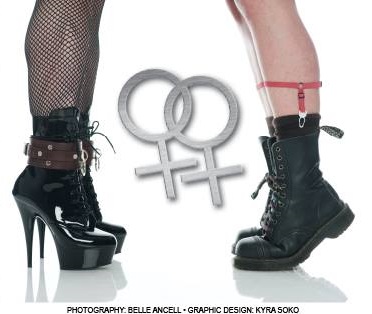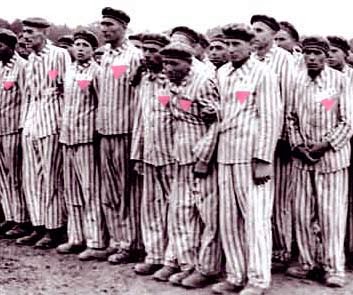Maryam Namazie writes about the panel assembled to review Sharia private courts practicing in the UK. Her criticisms of the panel are primarily that the panelists are themselves theologians, who evaluate the practice through the conservative “right to religion” instead of a secular, humanist human rights lens. When viewed through the latter, most religious systems fail to meet even basic ethical criteria–Sharia is certainly no exception.
Siddiqui’s inquiry erroneously begins with the premise that Sharia “courts” have a role to play in governing private and family matters of black and minority women. We argue that this is a capitulation to Islamist and conservative forces who wish to ensure that the needs and identity of minority women are addressed only through the prism of conservative religious values of which they are the sole arbiters.
By assuming that Sharia “courts” have a role to play in women’s rights, the inquiry is saying that minority women are members of their so-called religious communities and not independent persons with citizenship and human rights.
Also, the inquiry panel is itself of concern. The chair, Mona Siddiqui, is a theologian. One of the other three panellists, High Court Judge Mark Hedley, is also Chancellor of the Anglican Diocese of Liverpool. Two imams are panel advisors: Sayed Ali Abbas Razawi calls women dressed in western clothing “corrupt” and promotes honour-shaming; Qari Muhammad Asim trivialises domestic violence. Some of their statements are available here.
Responding to press attention, Mona Siddiqui has rejected our concerns repeatedly calling campaigners “arrogant”. She has alsosaid that Imams are necessary advisors because “they have the ear of the community”.
Siddiqui’s bit about needing Imams in the process isn’t incorrect in its premise, but Namazie brings up a very valid criticism: Those clerics are already vocally in support of Sharia. Your review isn’t particularly impartial when you’ve signed on people who like it to make recommendations during the review.
This betrays a complete lack of understanding of the reasons why BME women’s organisations, especially those addressing violence against women, were set up in the first place. They exist precisely because community and religious leaders have never represented the interests of women.
Her remarks have made clear that she is not willing to take on board any of our concerns and that, as it stands, the inquiry is dangerous to vulnerable participants.
To make matters worse, a call for evidence is focused on women who have used Sharia councils over the past five years and Sharia providers themselves but shows no awareness of working with groups who advocate for victims, or their needs. It also disregards the fact that vulnerable women whose rights have been violated will not necessarily be able to give evidence whilst still facing post-traumatic stress which can take much longer than 5 years to address.
Our fear is that in these circumstances, many vulnerable women simply will not want to give their testimony before theologians who legitimate and justify the very idea of Sharia laws on the grounds that it is integral to their “Muslim identity”. Indeed, the panel is set up much like the Sharia “courts” themselves.
This is why women’s rights campaigners are labelling the inquiry a whitewash and calling for its boycott until the Government: ensures that the terms of reference are broad enough to have a thorough inquiry into the full range of human rights concerns raised by all parallel legal systems; appoints a judge to head the inquiry with the powers to compel witnesses to appear before it; and drops the inappropriate theological approach, and frames it as a human rights investigation.
Look, I’mma make the prediction right now, that these “religious rights” theologians aren’t going to find any problems with Sharia practicing Muslim chapters. After all, what is Sharia but a set of conscience exemptions from secular law?
-Shiv



